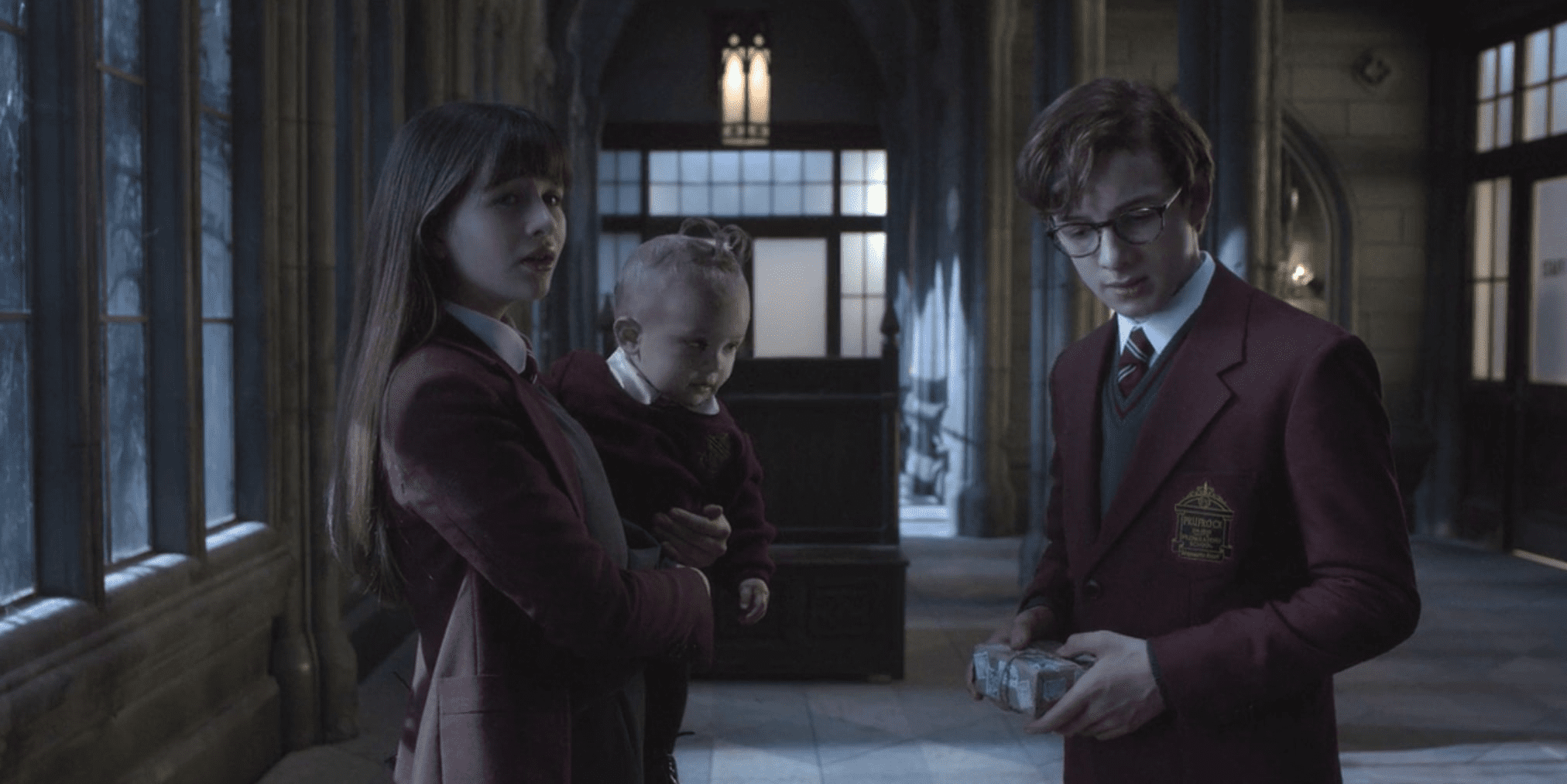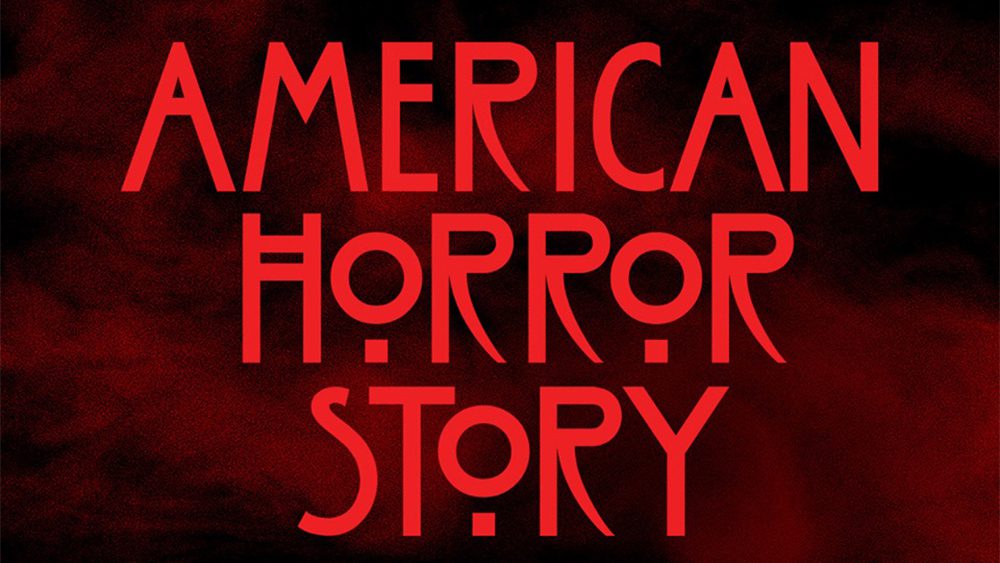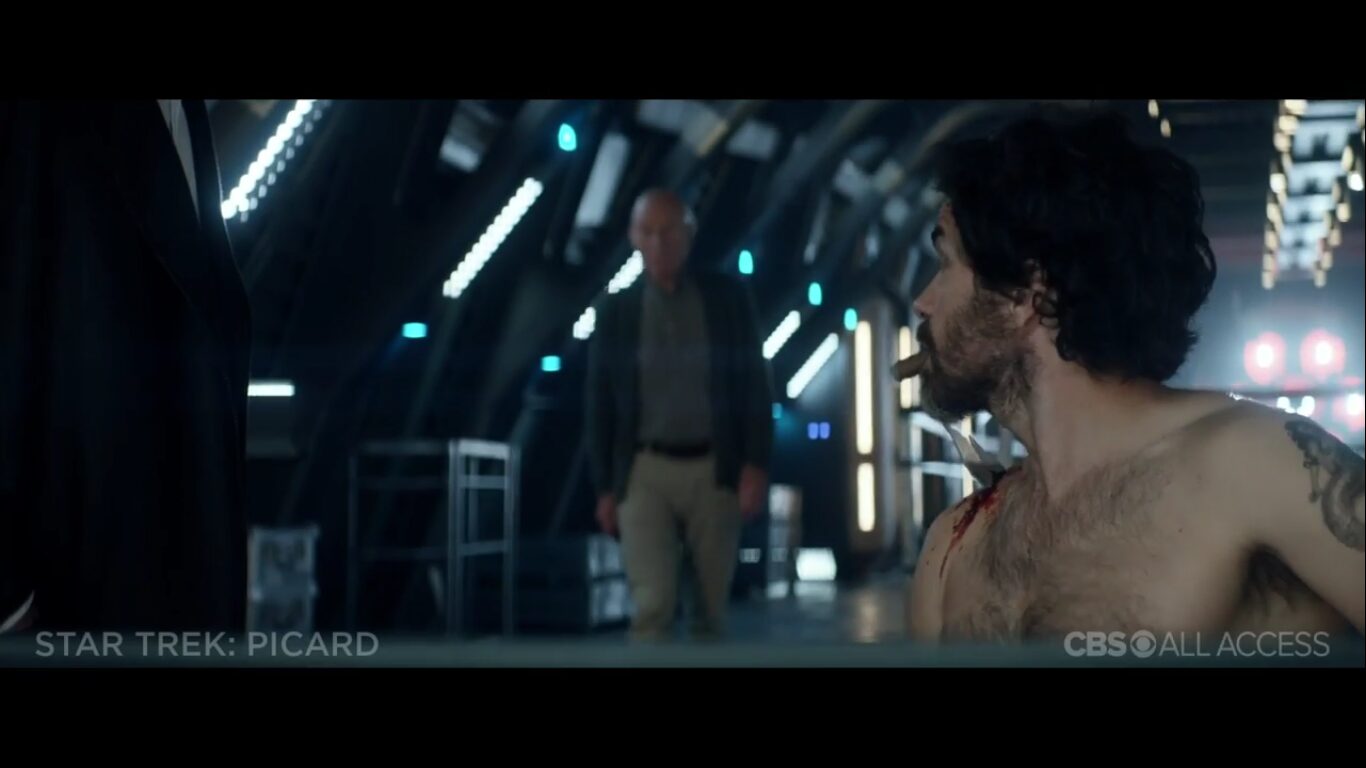“That’s not how the story goes.”
“The Miserable Mill: Part Two” is a pretty impactful episode of A Series of Unfortunate Events, yet it still feels pretty slight at times. The whole hour pretty much builds to one isolated climax, which I think would work better in a show with lower ambitions than this one. We’re left with more questions than answers, which is okay because those questions are pretty intriguing, but it leaves the viewer with a sense that, at the end, not a whole lot was revealed in this first season.
That’s not to say the episode is a total wash – on the contrary, it’s quite enjoyable and does a solid job of raising the narrative stakes. Phil gets his leg severed by a stamping machine operated by a hypnotized Klaus; beyond that, Olaf and Dr. Orwell’s scheme comes really close to bearing fruit, once Olaf convinces Sir that Shirley St. Ives really wants to adopt three orphans (“The cruel reality of adoption economics has left me unable to purchase even the runtiest of orphans”), and like all adults in Unfortunate Events, he takes Olaf’s story at face value. Weirdly enough, Olaf and Orwell actually suit each other well, and it’s a lot of fun to watch them repeatedly duck in front of Sir’s desk to hatch further evil schemes. “All we have to do is get one of those brats to murder someone!” Olaf crows, before reconsidering: “Oh, they’d never go for that, they’re goody-two-shoes.”
“Part Two” is pretty light on plot; it all heads toward the confrontation at the end, when Klaus is forced to send Charles, both of them under hypnosis, into a giant saw. There’s a lot going on, such as Violet waking the whole mill up from their spell, which is really the one part that I took issue with. The code word to wake them up is “fire,” which is a word that comes up pretty often in my life, and I don’t even work at a mill outside of a town that burned down in a fire. So it’s a bit of a narrative contrivance, but Unfortunate Events has done such a good job of world-building that certain things you have to take on the surface.
On that note, the world-building is where “Part Two” really succeeds. If you’ve read my reviews, it’s probably no secret that Lemony Snicket is my second-favorite character (Jacqueline will always be number one in my heart), and this might be Patrick Warburton’s finest hour. The author-story interaction is one of my favorite parts of the show, which “Part Two” utilizes well; one of my favorite shots is of Snicket’s face on the front page of a newspaper, branding him as a fugitive. But from what?
That’s only one of the questions raised by “Part Two,” among “Who exactly are Will Arnett and Cobie Smulders playing? What secret society are they a part of? How will their kids factor into season two?” Most excitingly, there’s a picture of a young Olaf hanging out with a young Snicket.
But as much as I enjoy that, it doesn’t excuse the fact that for the most season, we’ve only gotten breadcrumbs relating to the overarching story. A lot of Unfortunate Events has seemed overly episodic when it should have felt epic; to use another show based on a book series, Game of Thrones never clearly delineates when one book ends and another begins. The world still seems large, but often it seems like disparate regions on the same continent.
“Part Two” really sticks the landing, though. The Baudelaires end up in a drab boarding school (Mr. Poe: “Fun fact, the architect who designed this school suffered from depression”), where they find themselves near Arnett and Smulders’ children, one of whom has the other half to Klaus’s spyglass. And we get a nice, eerie shot of Olaf in his dressing room, swirling brandy and plotting with himself. And that’s not even mentioning the lovely, mournful closing song, sung by the Baudelaires, Olaf, Snicket, and Mr. Poe, which puts a perfectly wistful, knowing bow on the first season.
Did “The Miserable Mill: Part Two” deliver everything I want from a season finale? Not exactly, but after re-watching both parts of the episode, I can say that it works better as part of a whole, like the season as a whole. For such an unpleasant show, A Series of Unfortunate Events is a lot of fun at times, and it manages a balance of tone that most shows couldn’t maintain, which gives it a strong sense of its own identity.
A Few Thoughts
- “I’m Cookie. Shirley? I’m Shirley. Cookie?” “Well, well, well, if it isn’t…the other two.”
- I love that Charles leaves at the end to find Sir, and I really appreciate how the show didn’t take pains to explicitly define their relationship.
- Sorry this is going up late (and sorry I missed The Young Pope this week); I just got unusually busy. It sucked.
“The Miserable Mill: Part Two” grade: 4/5
A Series of Unfortunate Events season one grade: 4/5





